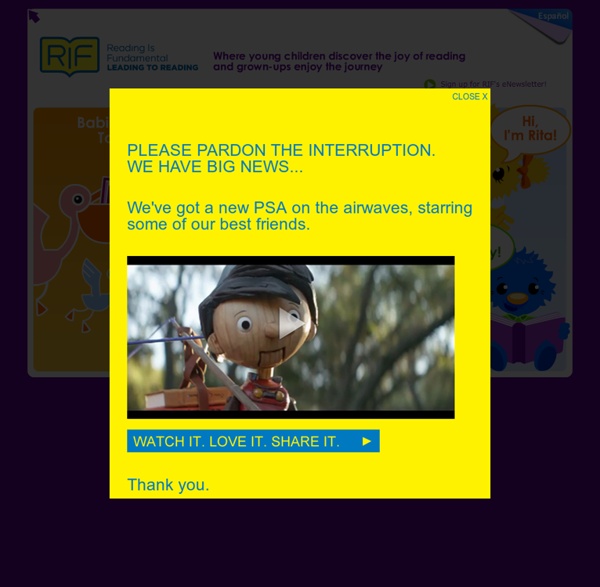Leading to Reading Home
Starfall's Learn to Read with phonics
Younger aged students will e interested in this site. It uses phonemic awareness using Clifford the dog.
PRIVACY POLICY · Terms of Use · · TM ® & © 2018 Scholastic Inc. All Rights Reserved. Teacher's Activity Guide
Parent & Afterschool Resources
Home › Parent & Afterschool Resources Looking for engaging ways to introduce your child to reading or to encourage your teen to write? Need some age-appropriate book suggestions or rainy day activities? The materials here are your answer—all of them created by experts to be fun, educational, and easy to use outside of school. Parent & Afterschool Resources by Grades Activities & Projects
Cyberchase
Come play again later! Come play again tomorrow!
Related:
Related:




This website has many different student levels that could easily help a teacher with specific students. This website has fun books that would make learning fun. I like how when the computer reads the book, each word is highlighted in red. by bonita21 Sep 19
This is a great free site where beginning readers can listen to stories. It is designed for babies, toddlers and preschoolers and includes stories, songs and games. It is easy to navigate with colorful graphics. The words being read are highlighted so the children can follow along. by ccasas5 Jul 18